Very early on, the experienced Atlanta-area doctors of Piedmont Colorectal Associates recognized the value of the da Vinci Surgical System, and have used it for hundreds of procedures, including colectomy and rectal resection.
Human Possibility
Since the system’s approval by the U.S. Food and Drug Administration in 2000, an estimated 3 million patients worldwide have benefited from da Vinci technology. In the process, many procedures that once were major surgery have become minimally-invasive.
The da Vinci system is robotic-assisted surgery, but the term “robotic” sometimes misleads prospective patients. It is always the surgeon who is in control of this system; only the surgeon is making decisions and probing deep into complex anatomical structures. The machinery simply allows a surgeon to expand his or her capabilities, to make incisions and perform related techniques with higher levels of accuracy, dexterity and control.
In traditional surgeries such as laparoscopy, surgeons must look back and forth from their instruments to a video monitor to guide their movements. They do this standing up, using relatively inflexible instruments.
With da Vinci, the surgeon is seated at a console in the operating room, and controls both the camera and instruments with subtle hand movements. The 360-degree, high-definition image on the screen enhances precision, and in the process various surgical risks are dramatically reduced. The much smaller incisions created by the da Vinci instruments lower the chances for excess bleeding, infection, unnecessary scarring and extensive tissue trauma. Patients leave the hospital sooner and recover faster.
The da Vinci instruments reach into tight spaces, and allow movements that are smoother and more precisely calibrated than those of even the most gifted surgeon’s hands. Movements can be customized to a surgeon’s preferences. A three-to-one scale setting would move the surgical instrument one inch for every three inches of hand movement. In this sense, the surgeon is not only an artist, but becomes a musician, conducting a beautiful composition of his own making.
For more information on the benefits of da Vinci surgery, or to schedule a personal consultation in Atlanta or Stockbridge with one of our experienced doctors, please contact Piedmont Colorectal Associates today.

